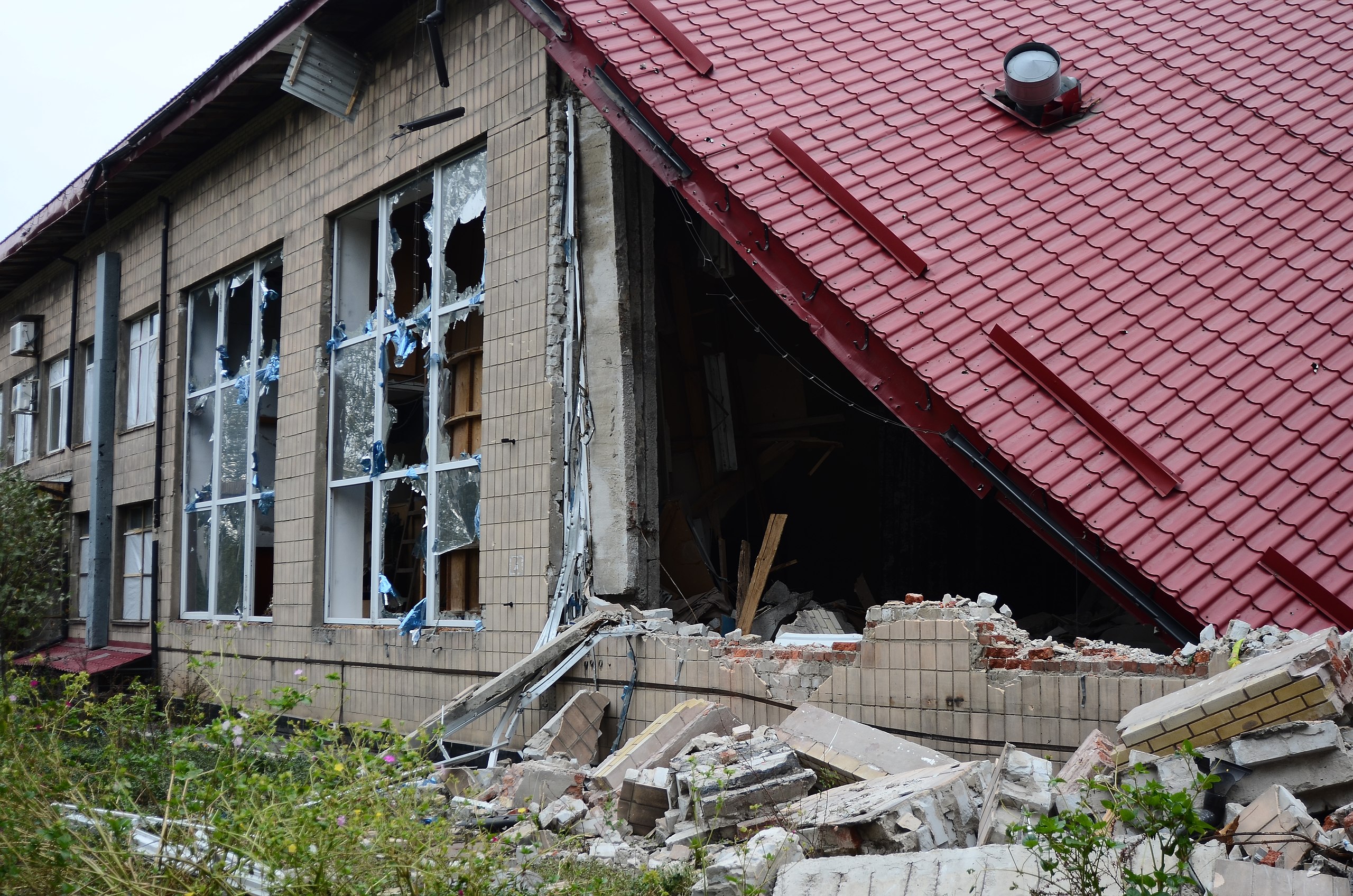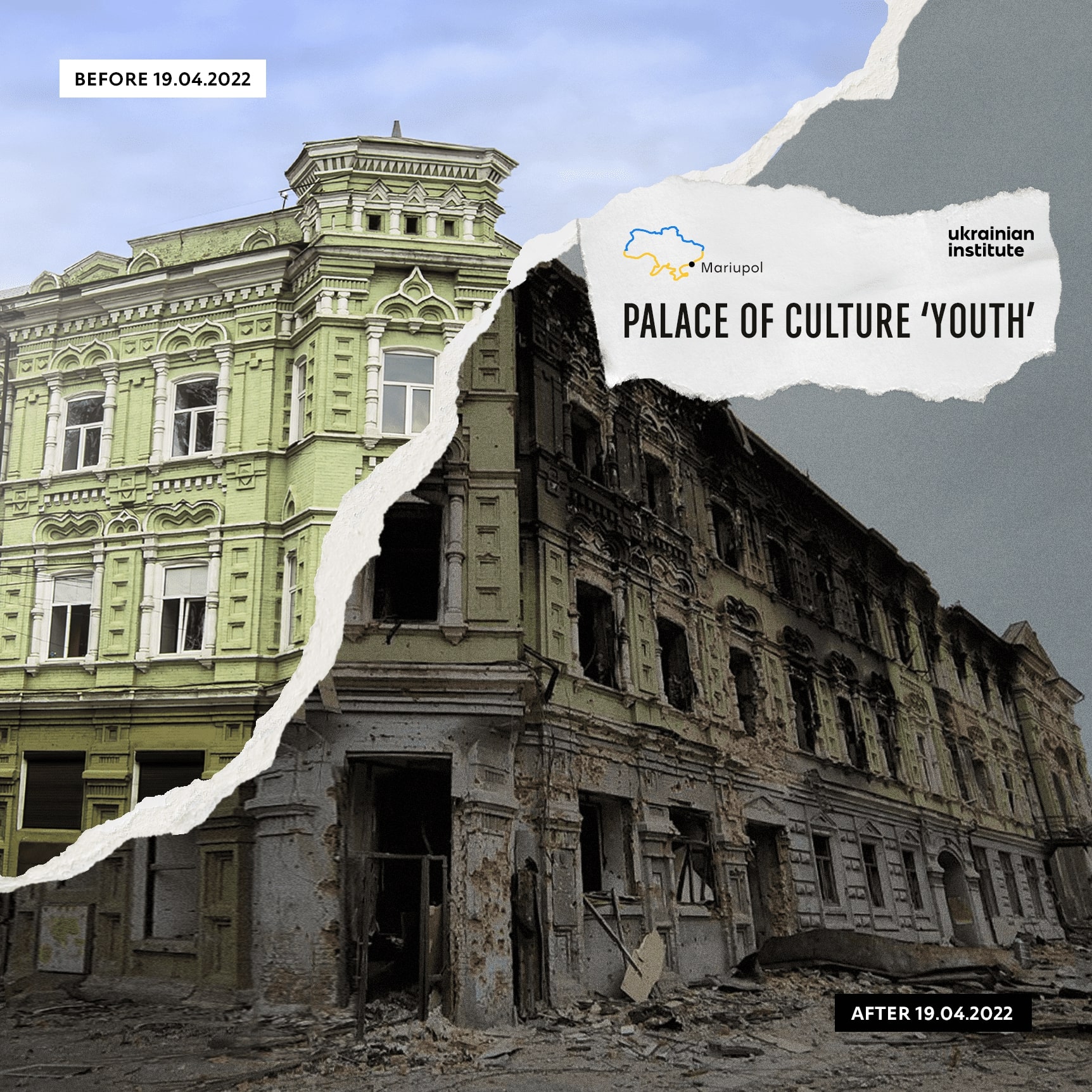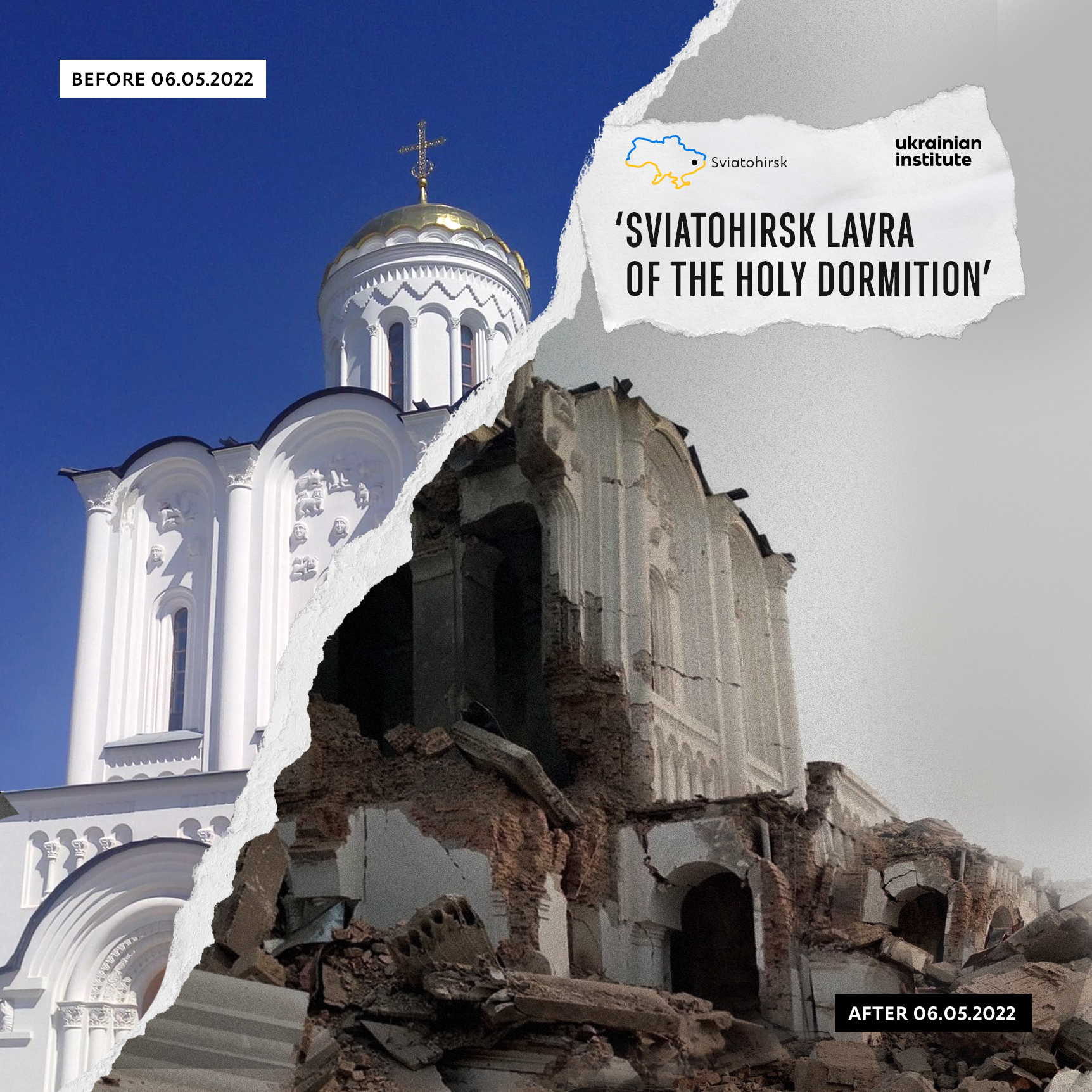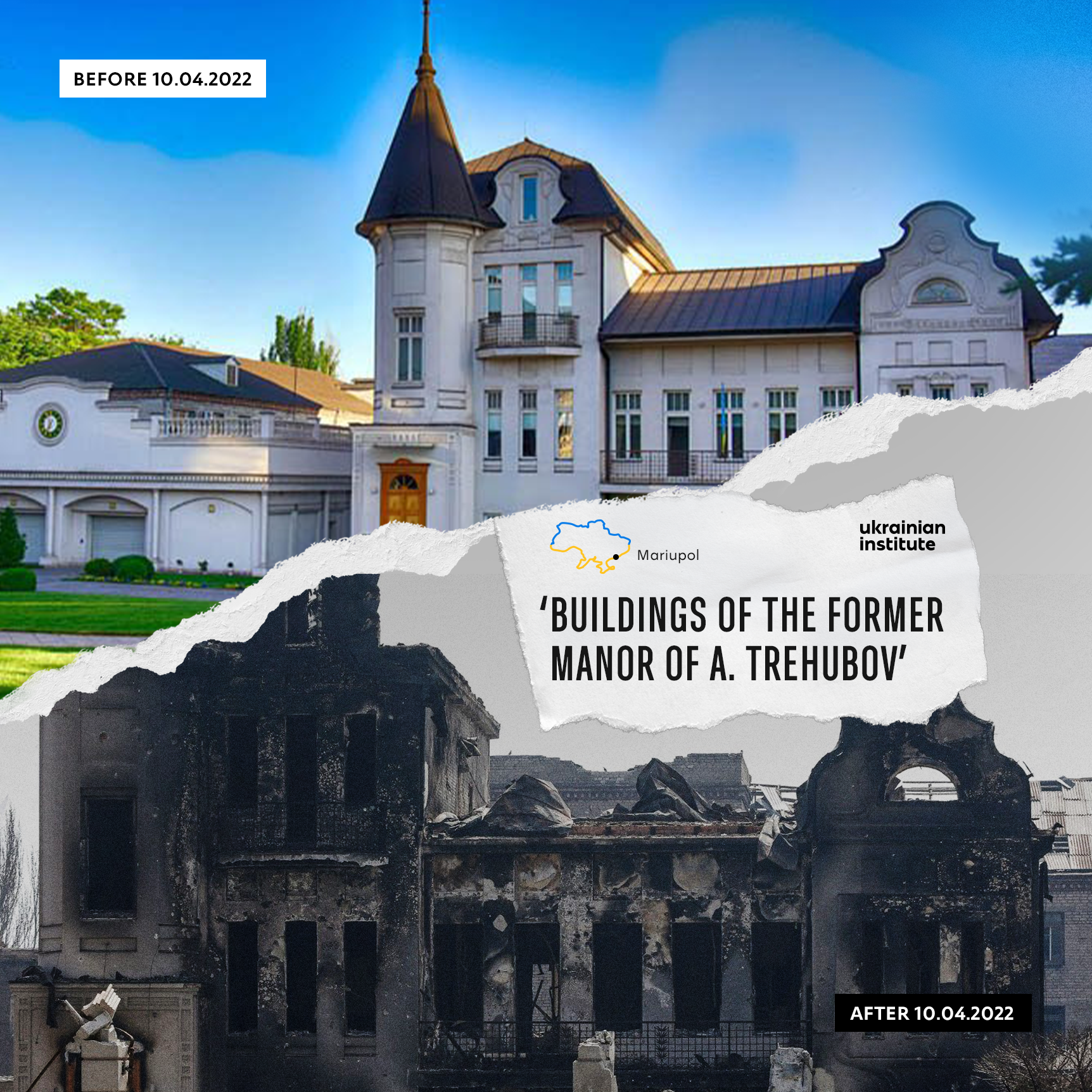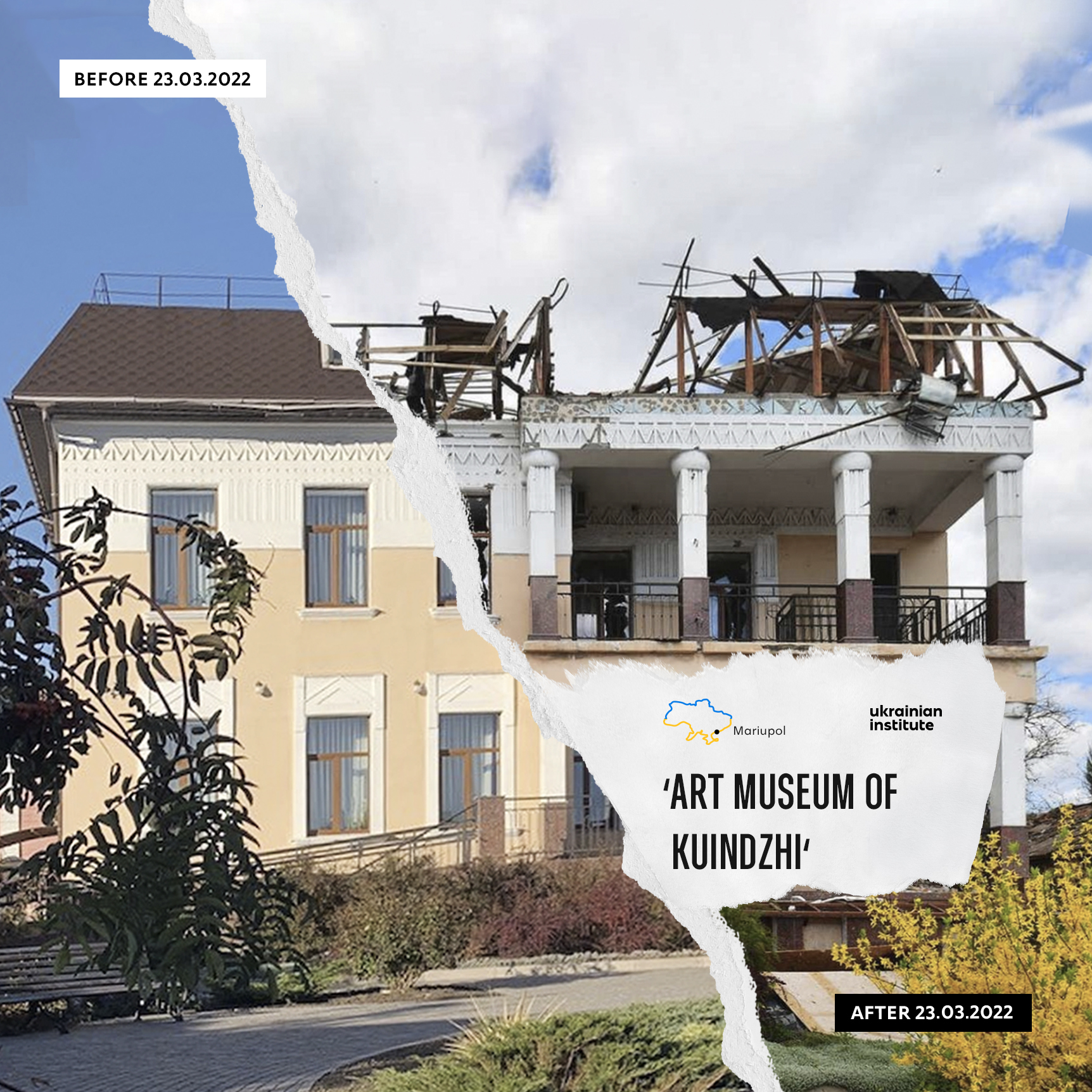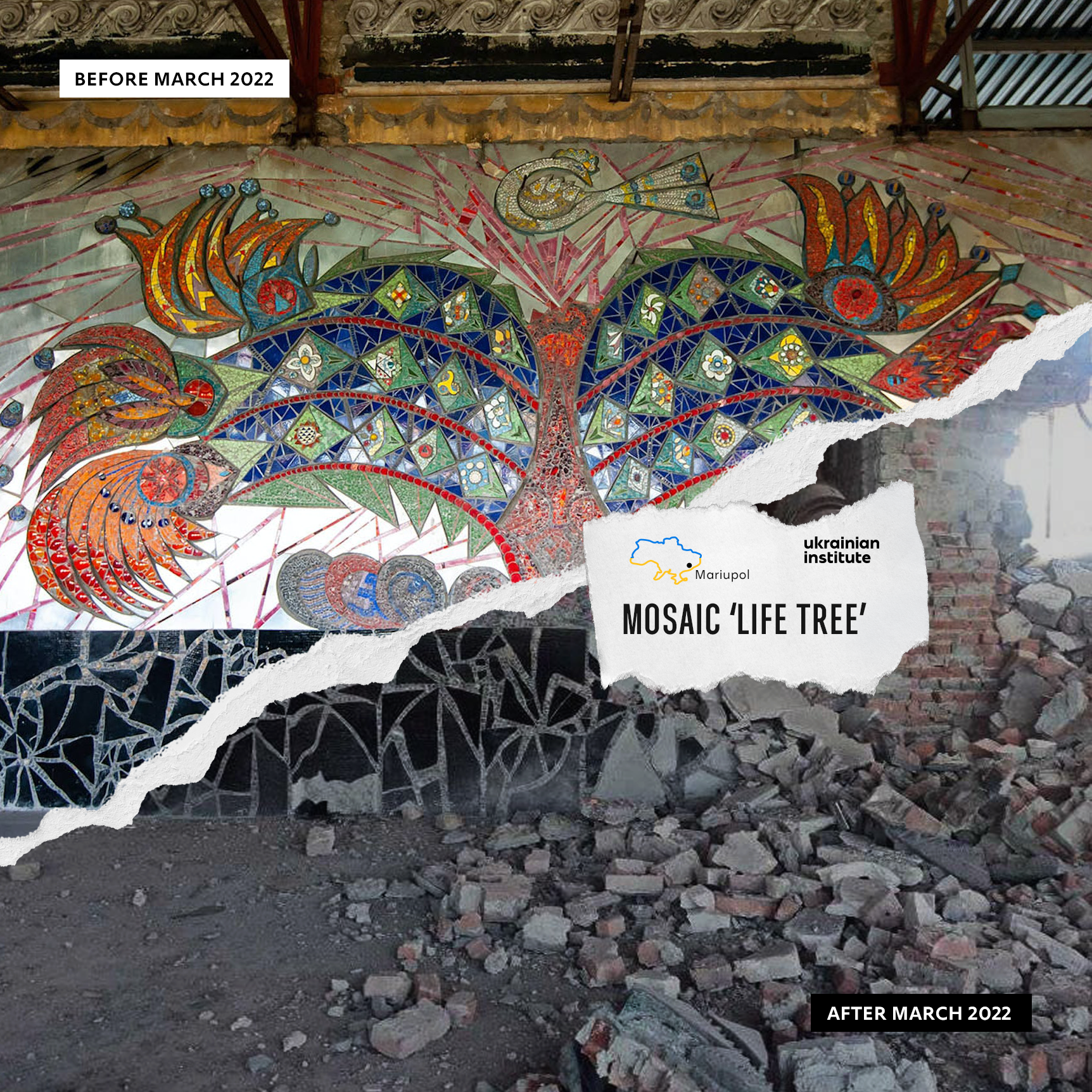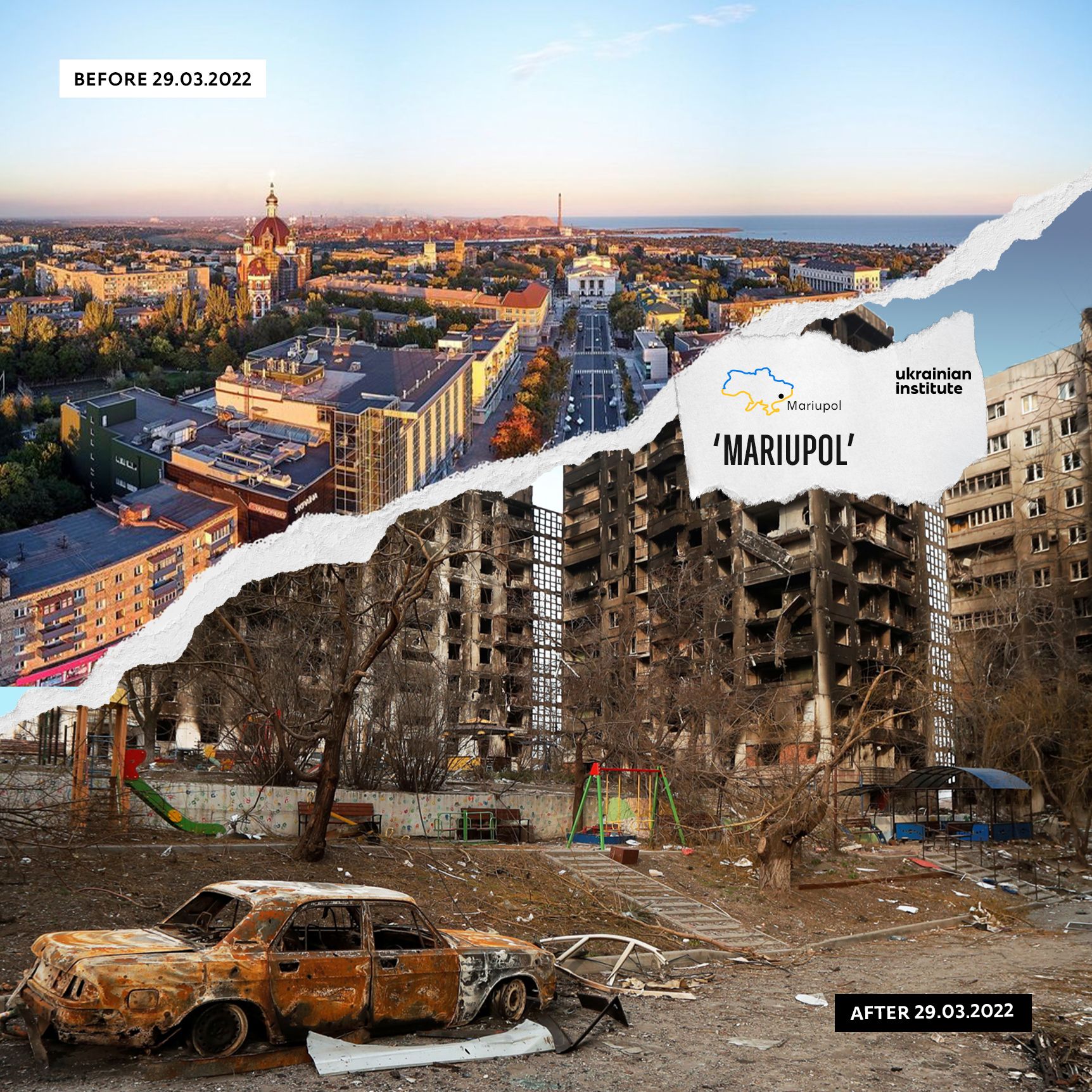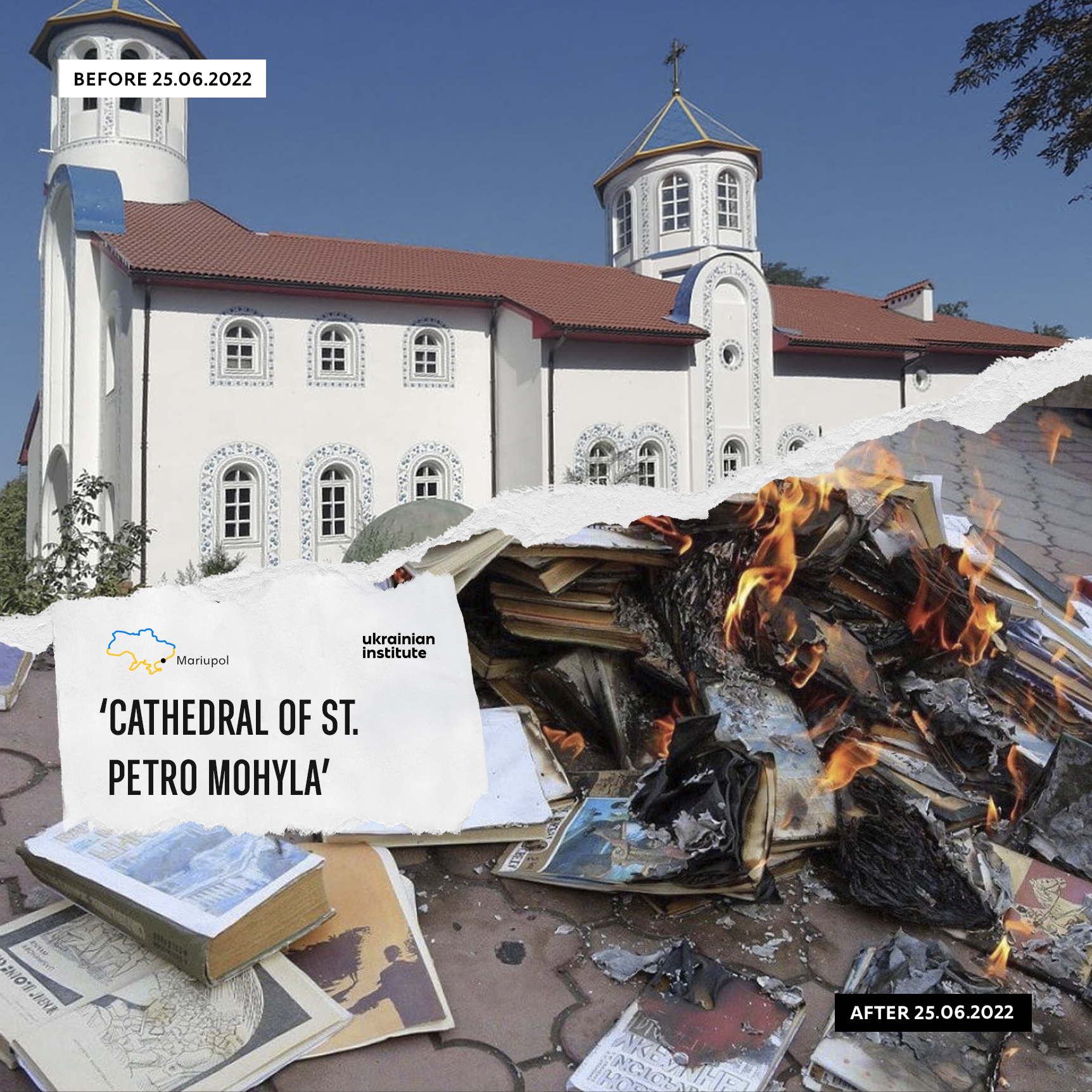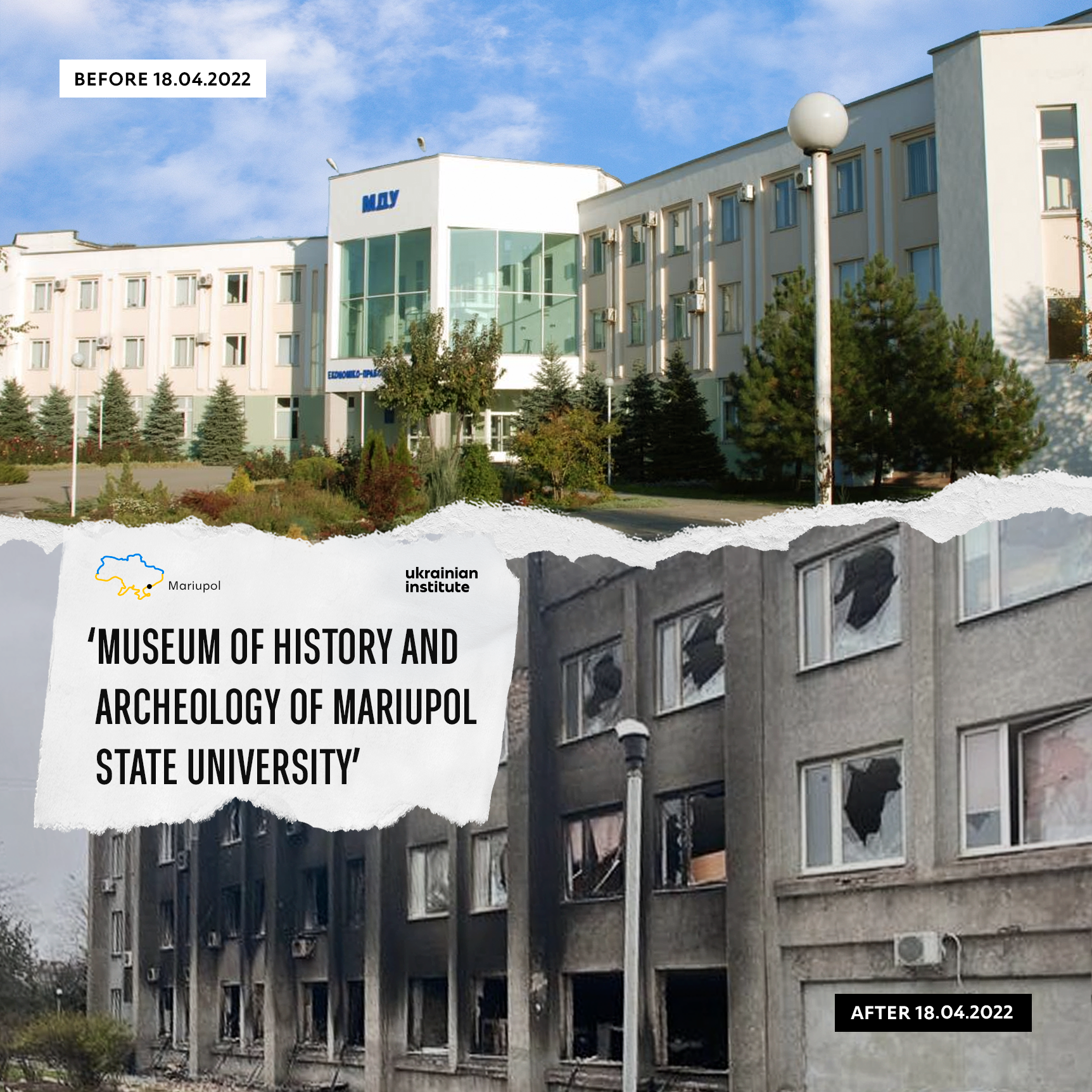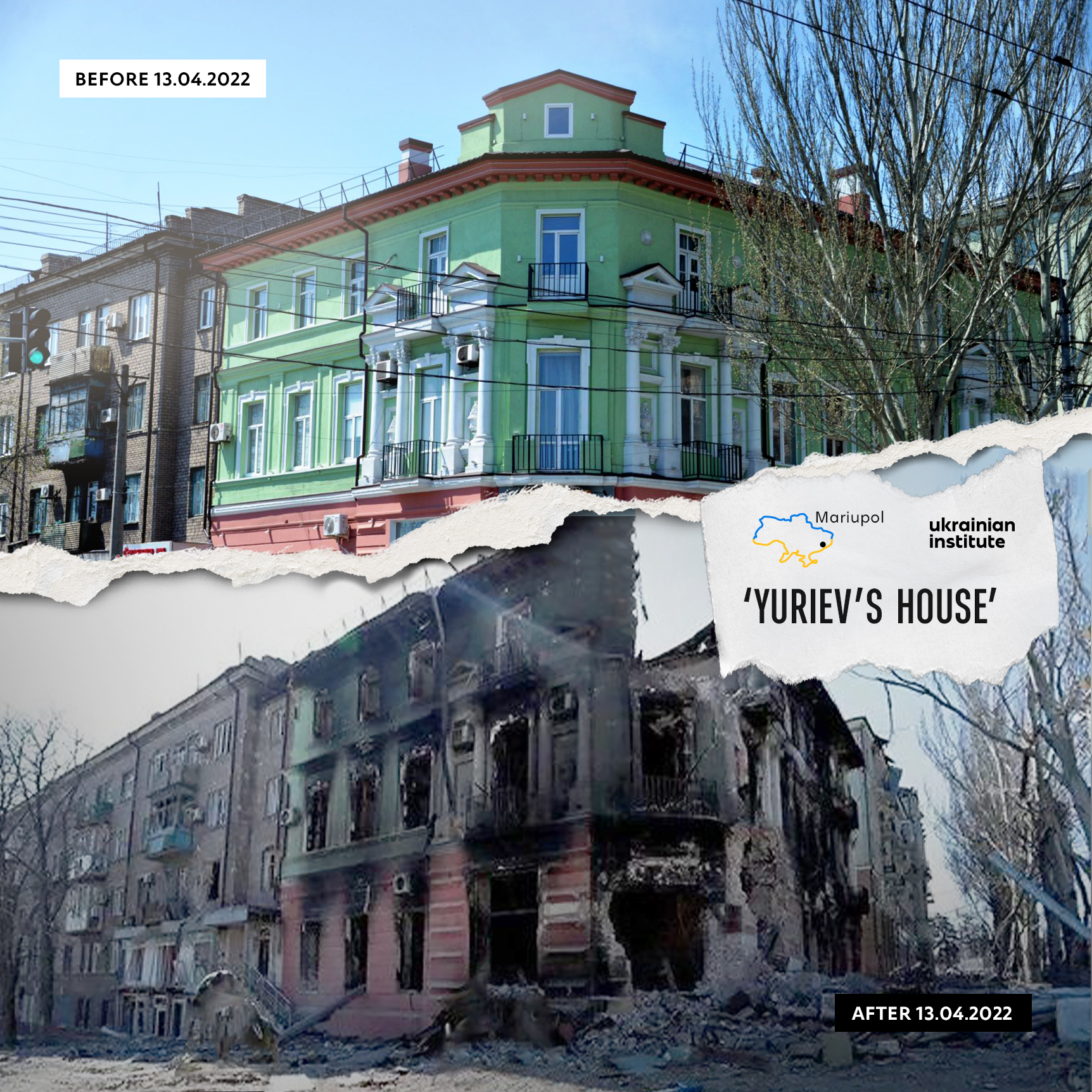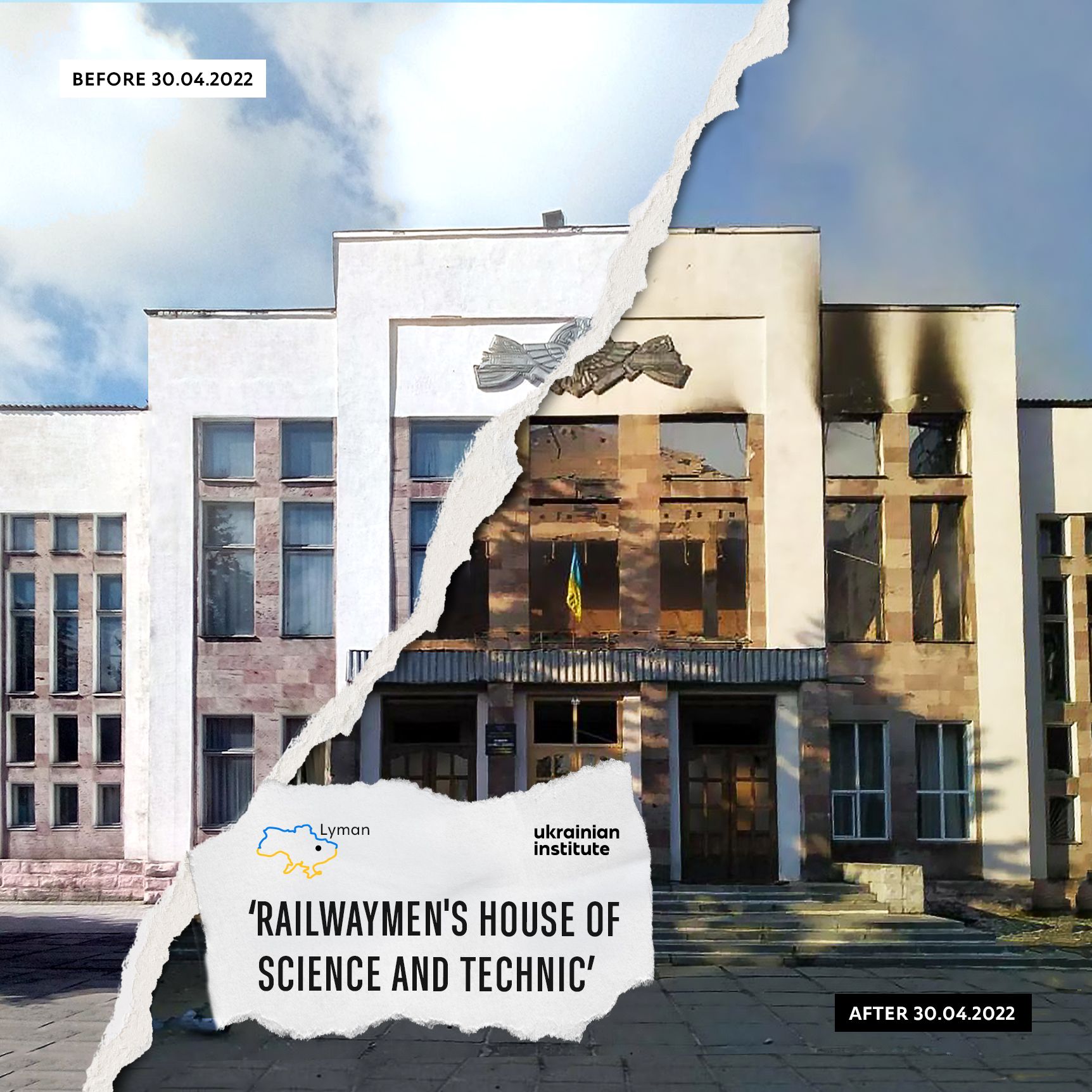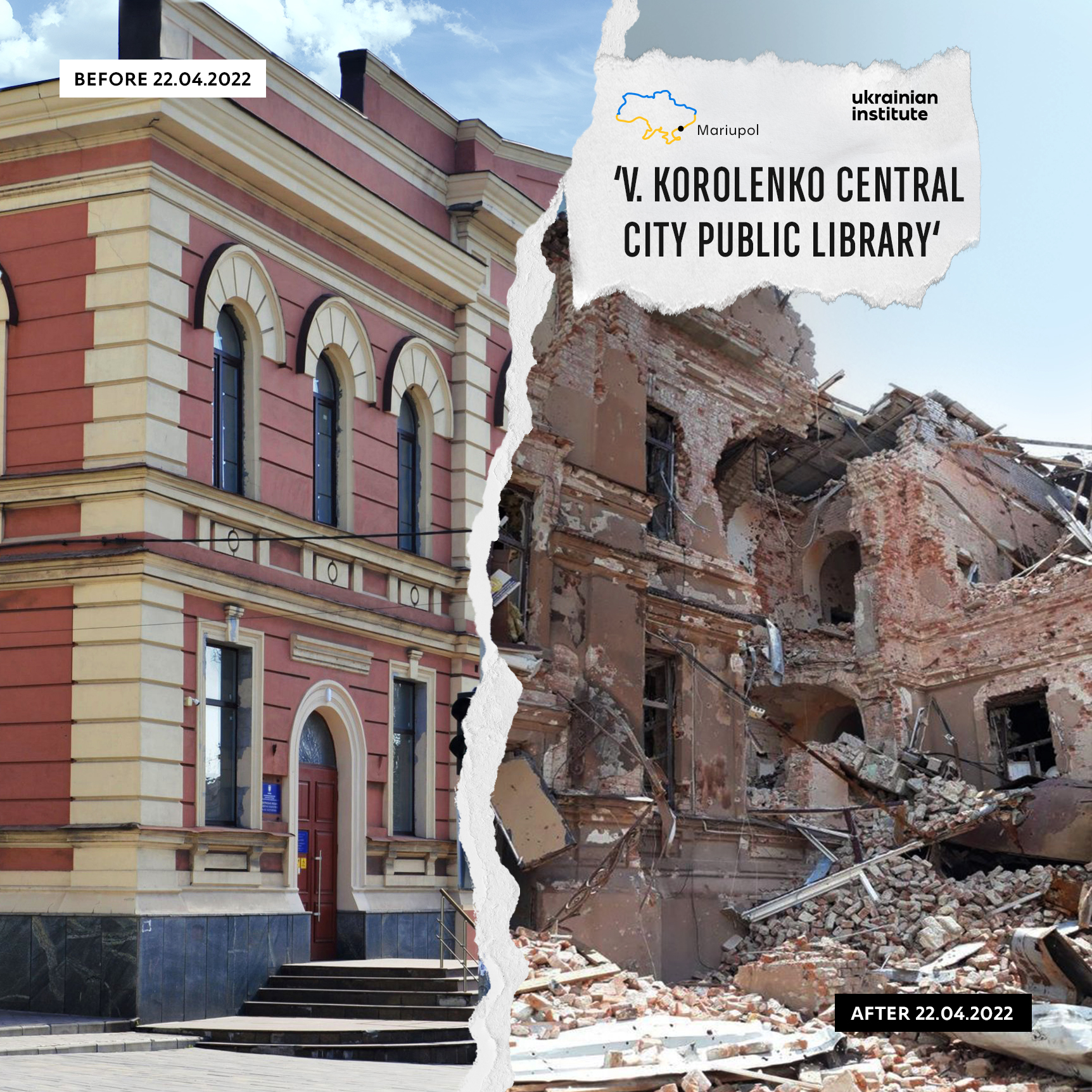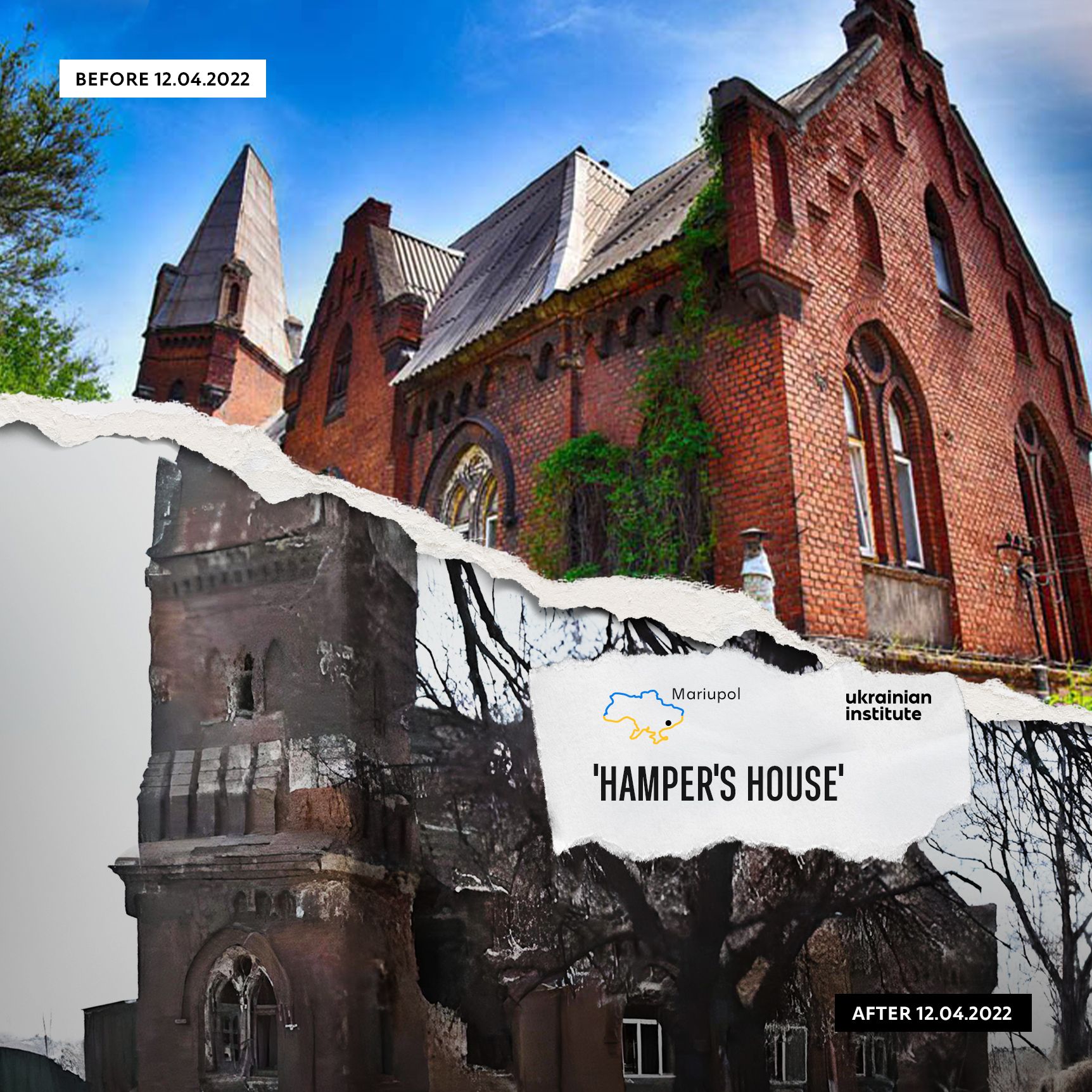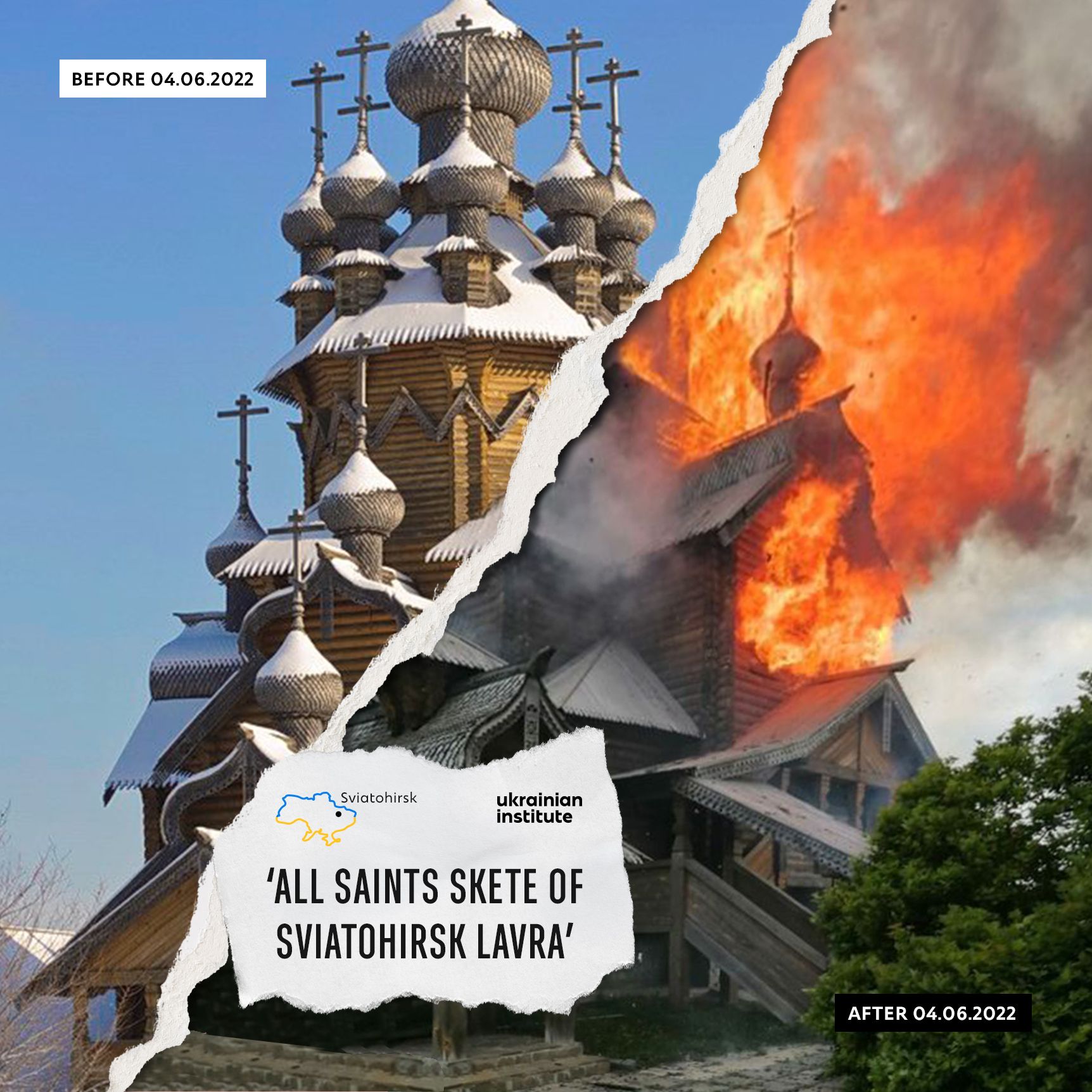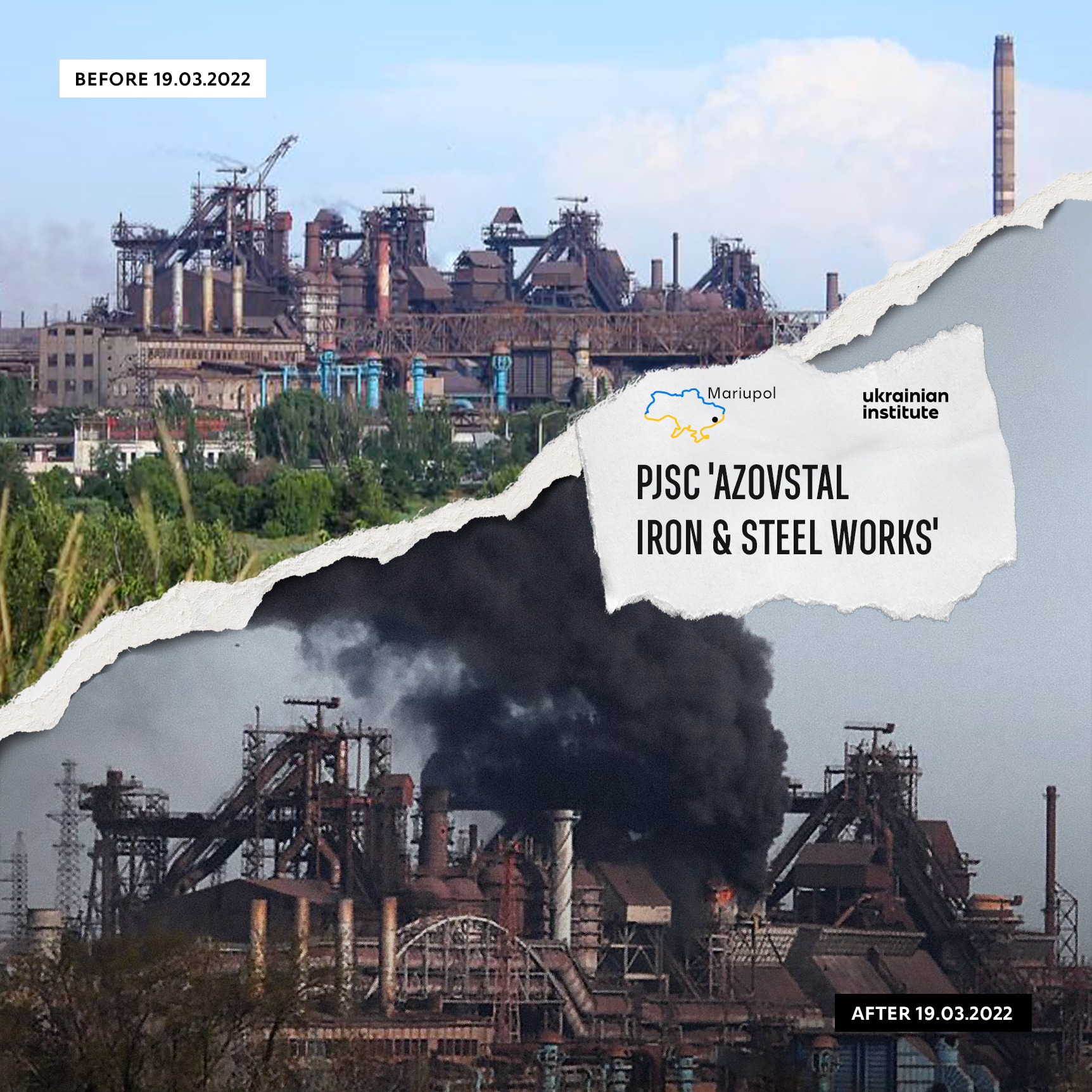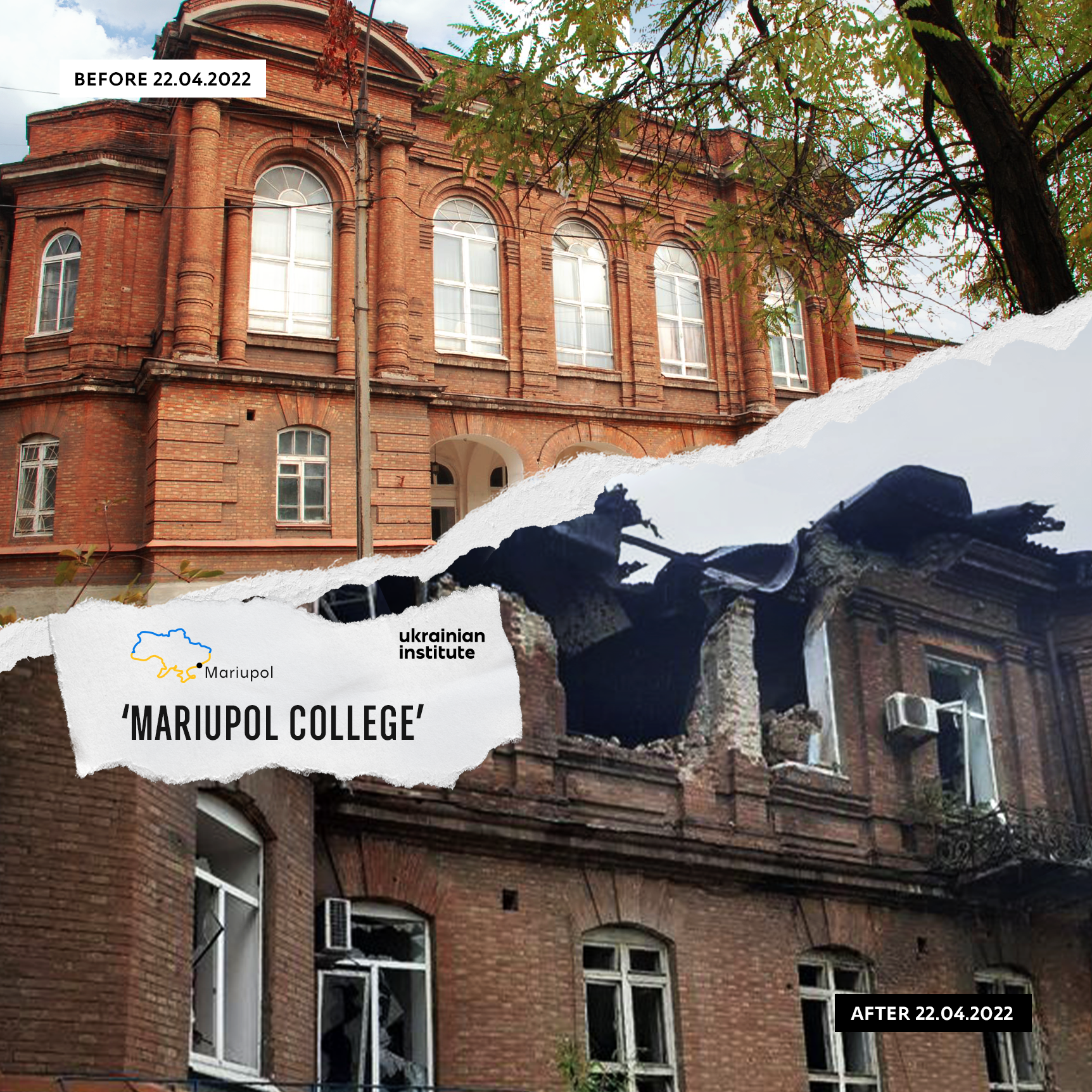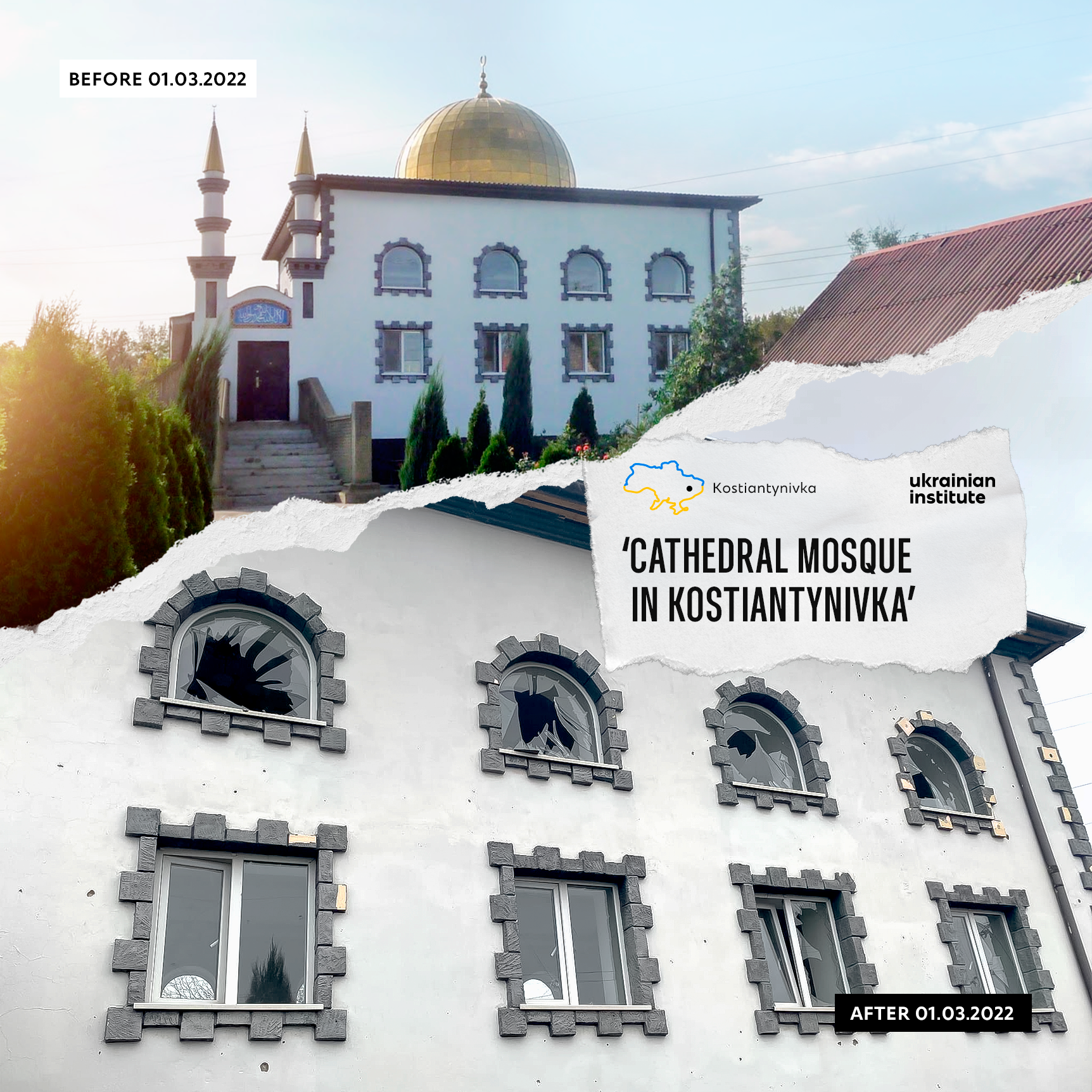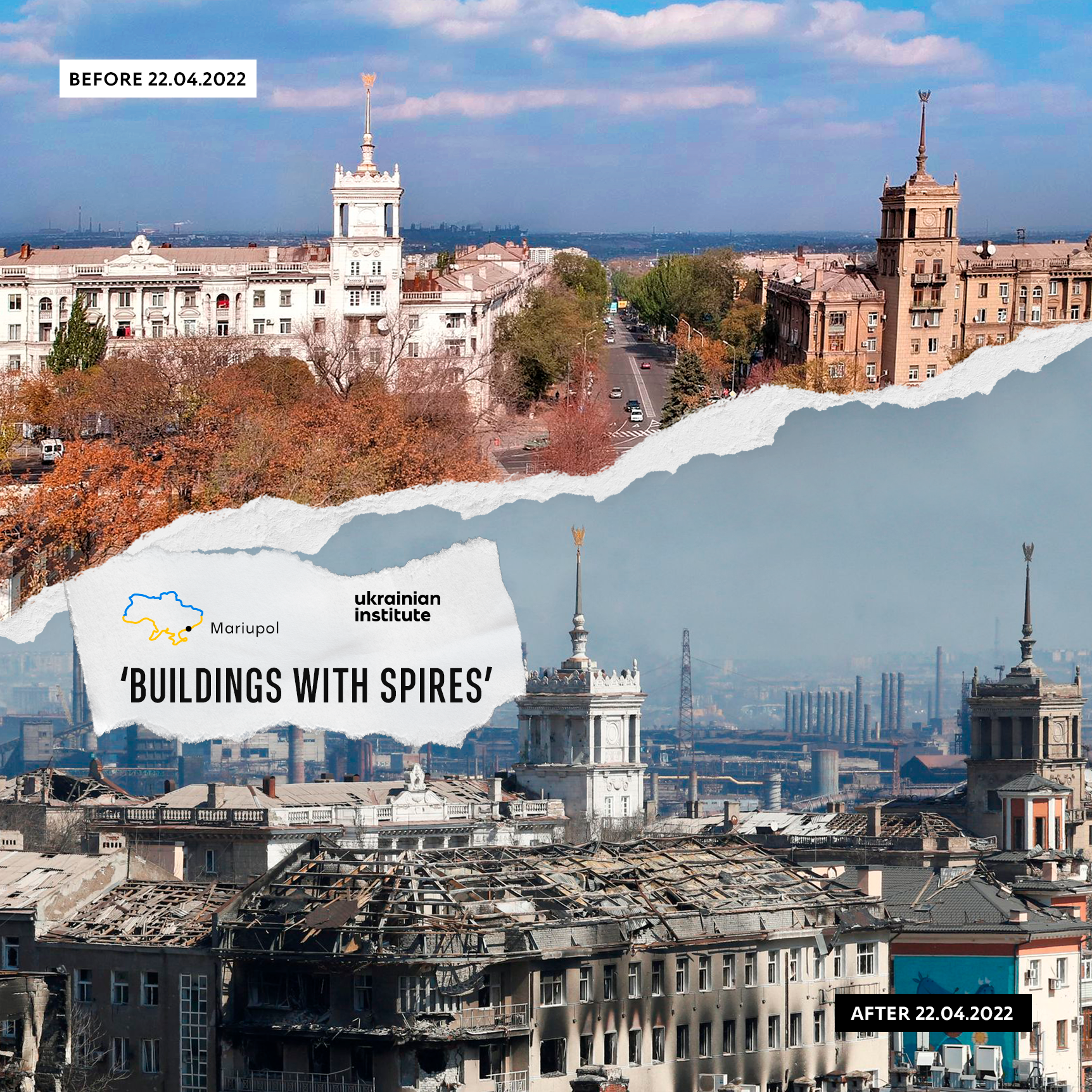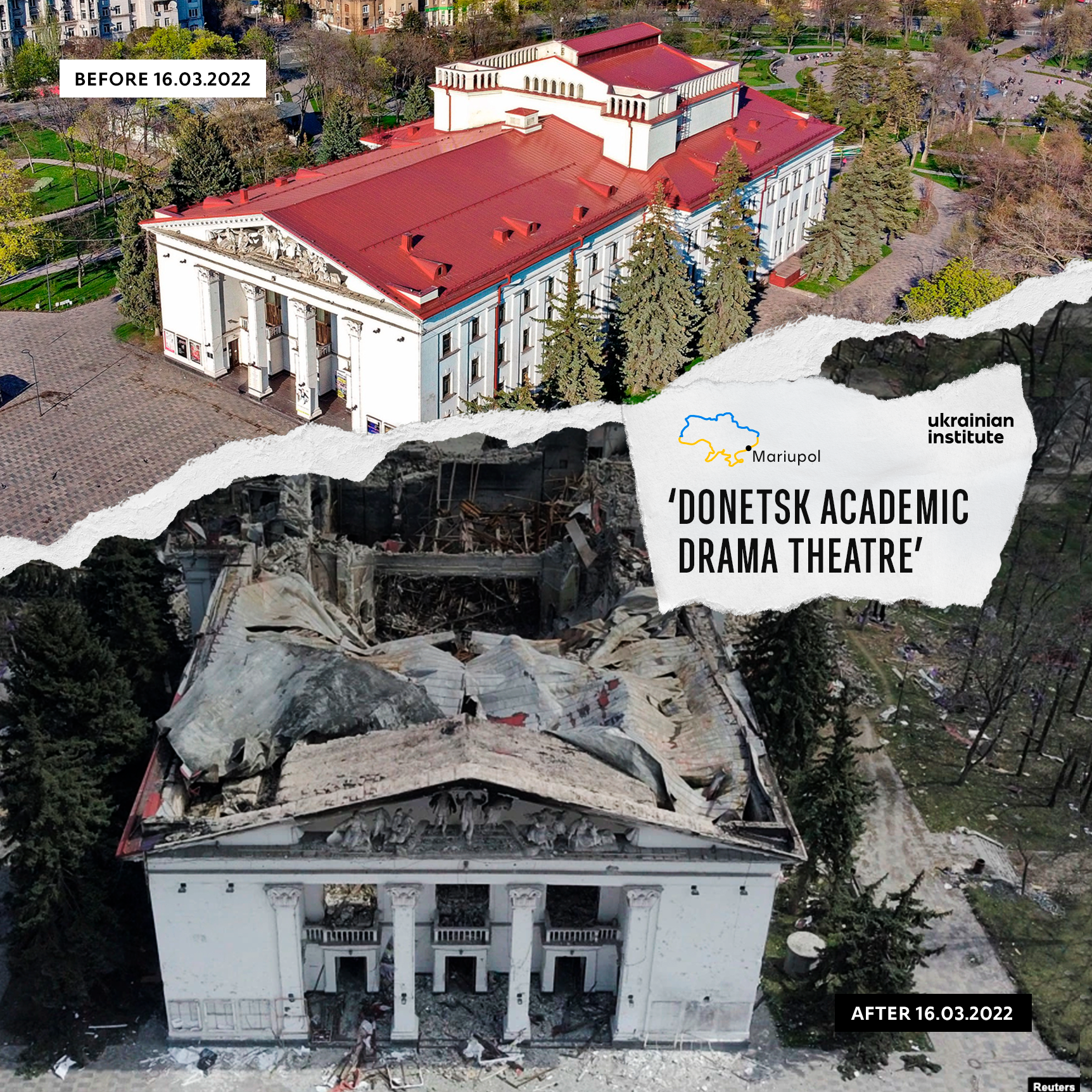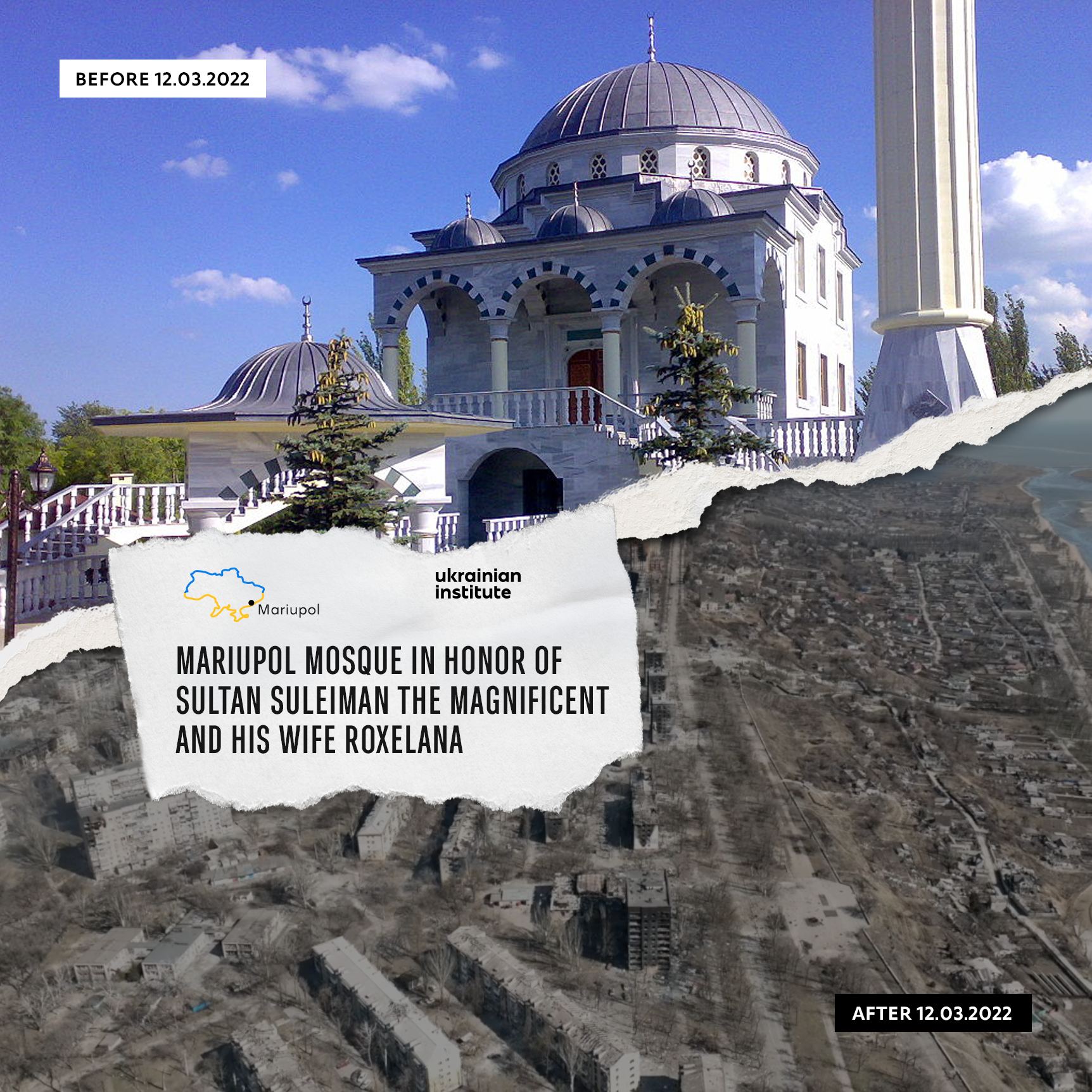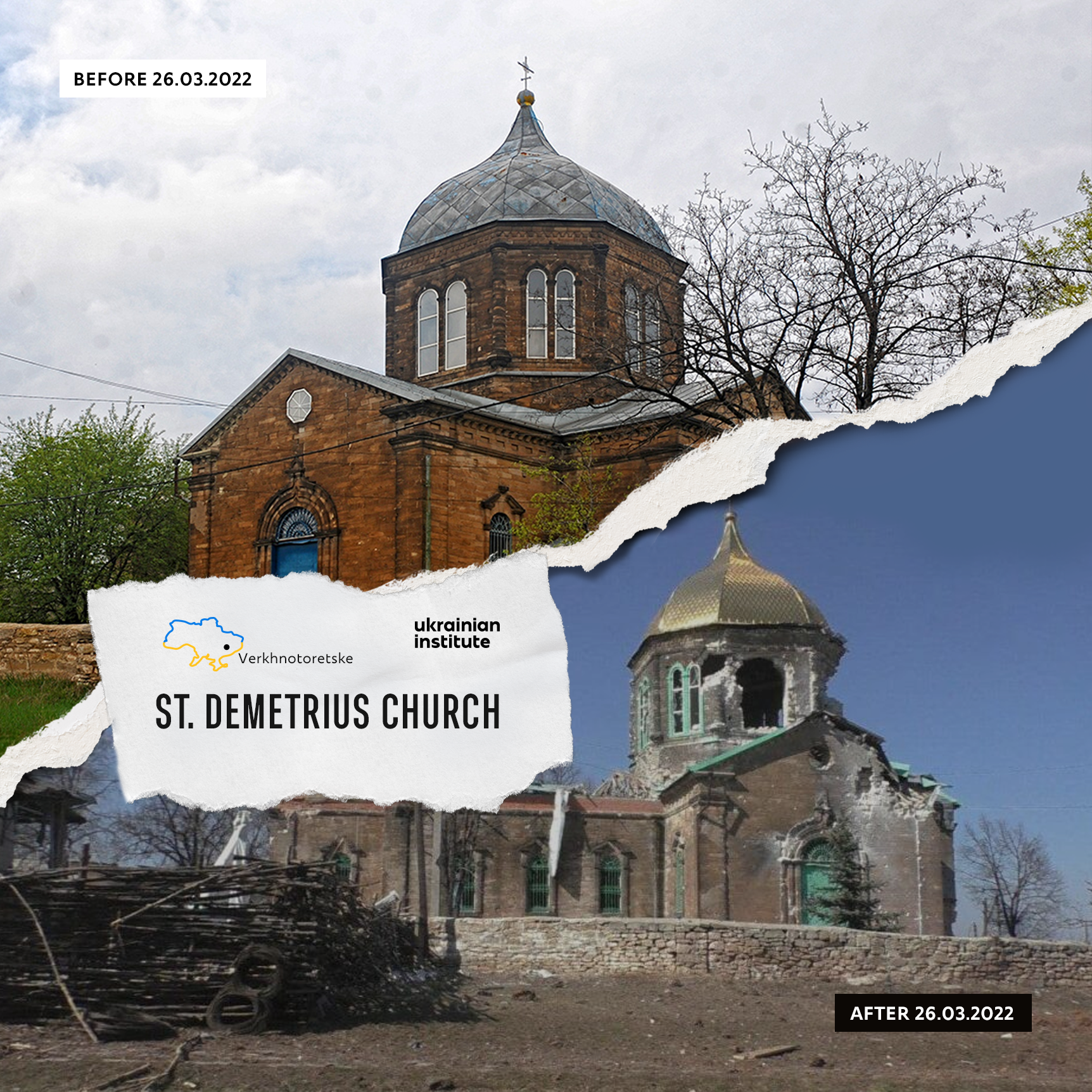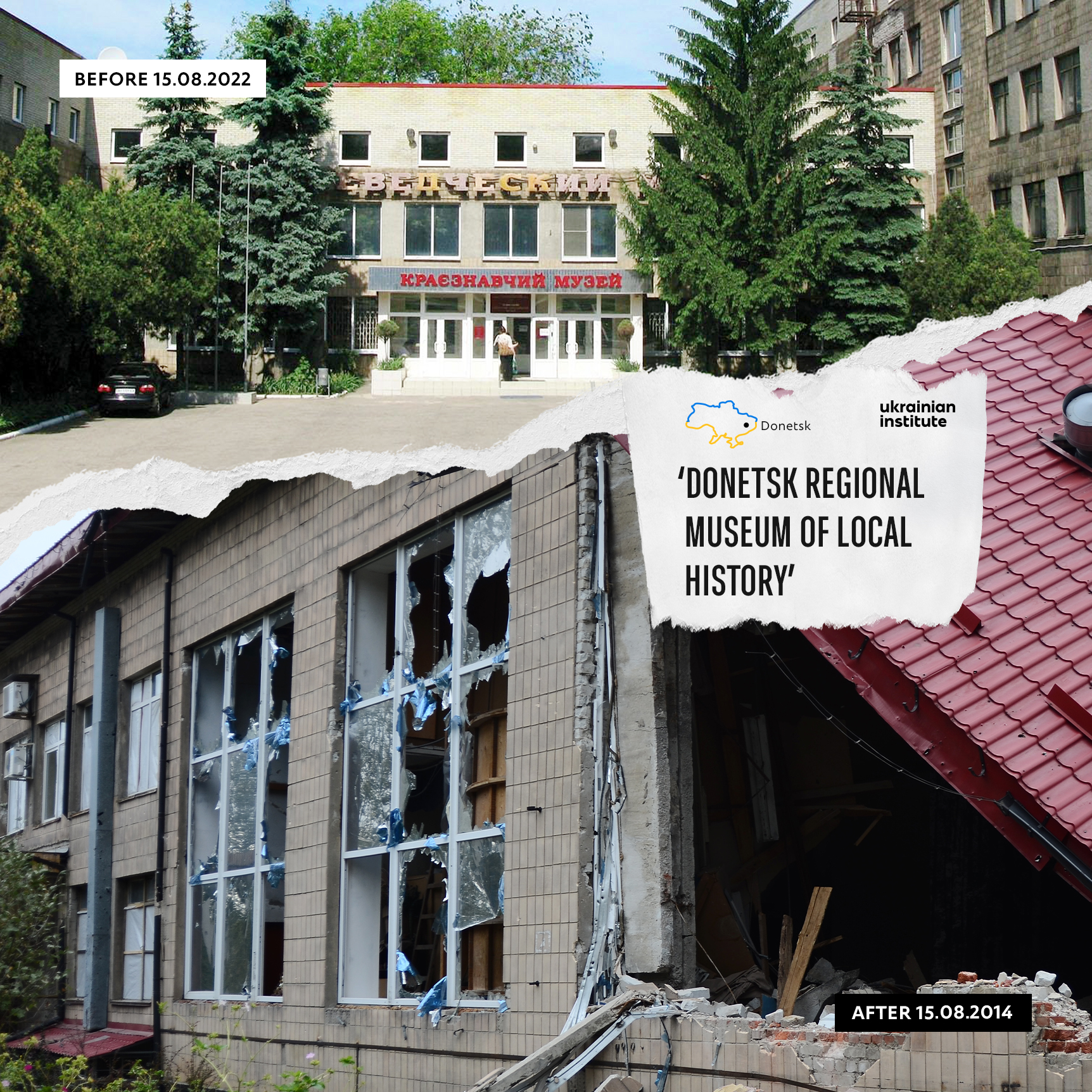
One of the oldest and largest Ukrainian museums, which collection comprised over 180 thousand exhibits, including the monuments and artefacts of world importance.
An important cultural landmark, the Donetsk Regional Museum of Local History, has already suffered damage before the 2022 Russian invasion of Ukraine. Already in 2014, this place was a victim of Russian criminal activity. It reminds the rest of the world that Russia has been waging an aggressive war against Ukraine for more than 8 years, not just a few months.
The Donetsk museum was one of the oldest and largest in Ukraine. It was founded in 1924 at the initiative of O. Olshachenko, a geography professor at the Rabfak (‘workers’ school’) of the Stalino Mining Technical College, as well as students, workers of a local metallurgical plant, and local collectors. The latter provided the museum with numismatic collections and pre-Soviet era documents, which served as the museum’s founding gift.
Due to the lack of governmental funding, the museum was initially located on the second floor of the ‘Colosseum’cinema, where it has been welcoming guests every Sunday since 1926. The visit was free. Since the 1930s, the Museum of Local History started researching the Donets basin: its flora, fauna, geology, and archaeological sites. Most of the collections were destroyed in fires as a result of the Donetsk region’s being occupied by German forces during World War II. As soon as Donetsk was liberated from the Nazis in December 1943, work on their restoration started.
Local history has been the focus of the museum since 1950. In 1972, it relocated and remained in that building until 2014. The structure comprised 4 floors, 29 halls, and more than 7 thousand m² of exhibition space. Over the years, the museum’s collections have amassed more than 180 thousand exhibits.
Every year, more than 200,000 visitors came to the museum to view its paleontological collection, which included the remains of a mammoth, woolly rhinoceros, and bison skeletons, as well as prints of fossil plants and petrified wood trunks. Along with ancient tools, Eneolithic adornments from the Mariupol burial ground, remnants of the Srubna culture, and artefacts from the Scythian and Polovtsian eras were part of the museum’s collection. There were also monuments of international significance from the Amvrosiivka site, where primitive men lived and where tribal hunting took place. The Scythian stone statue became the visiting card of the Donetsk Museum of Local History. Objects from the Cossack era, weapons from the 18th–19th centuries, historical photographs and documents of the region and its enterprises were also displayed there. In addition, the museum was among the first in Ukraine to begin developing an inclusive space for people with disabilities.
Since the beginning of Russia’s military invasion of Donbas in 2014, Russian troops have repeatedly shelled the museum. The museum building was destroyed by Russian artillery fire on the night of August 20–21, 2014: eight shells ruined the walls, roof, and basement and damaged the ceiling. Out of 29, only three halls were still standing. The most ancient artefacts gathered over many years were lost from the archaeological collection. The ‘Plant and Animal World of Donetsk Region’ hall and the ‘Holy Mountains’ diorama, which represented the variety of flora and fauna found in the same-named national park and was one of the largest dioramas in Ukraine were completely destroyed by the Russian troops. Storage facilities were also damaged. The museum came under occupation.
The institution resumed work in 2016 in Kramatorsk. Over six years, the museum employees have collected 750 exhibits. They steadfastly persisted in their work and held onto their hope for their eventual return to their homeland, the preservation of the collections, and the potential the Donetsk Museum once held. However, due to the large-scale war and the subsequent Russian troops’ offensive in the Donetsk region, Kramatorsk has already found itself extremely close to the battle line and suffers from merciless shelling.
So, the site that once held memories may now turn into a memory itself.


